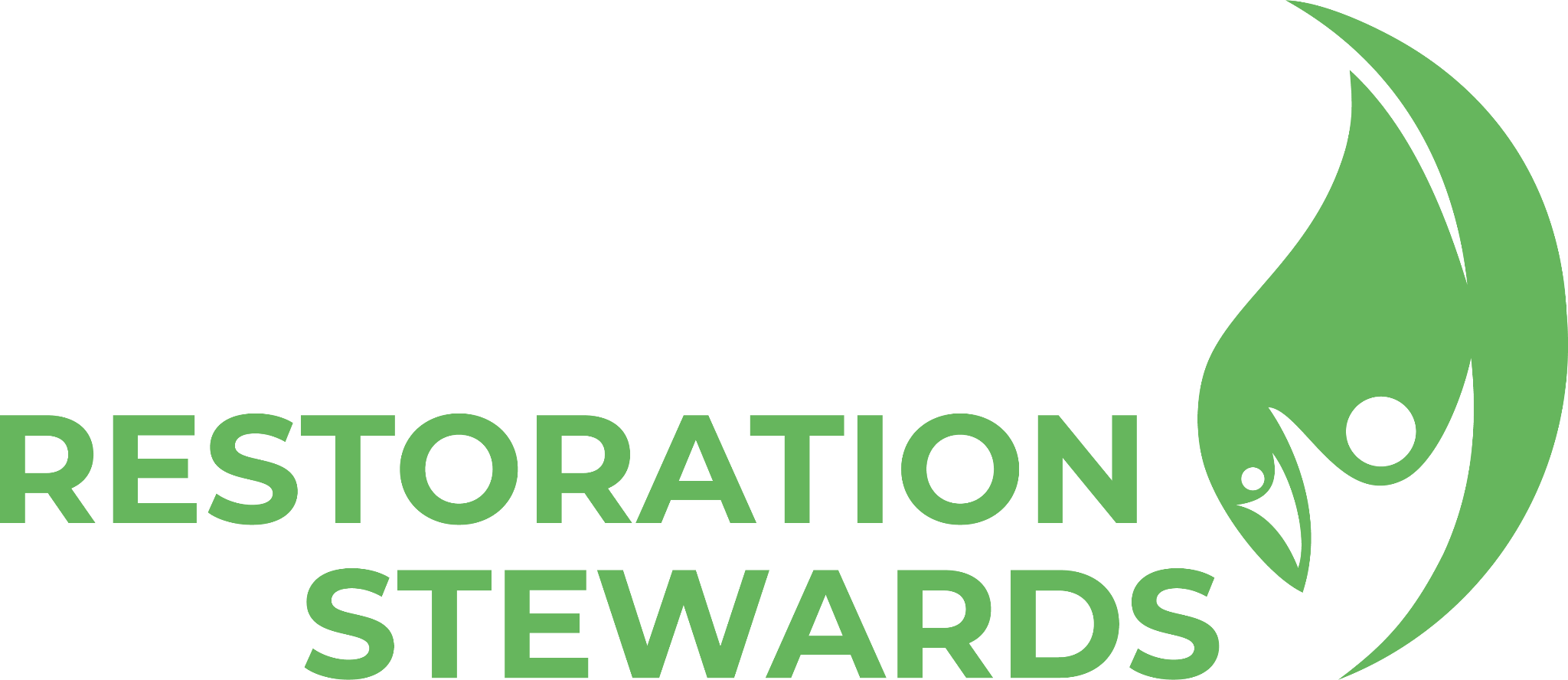A year of growing together, expanding our impact
By Shafa Fakhira, social media specialist, Pongo Ranger Community
Edited by Dwi Riyan, 2023 Wetland Restoration Steward and Pongo Ranger Community co-founder
All images courtesy of the Pongo Ranger Community.
Coastal rehabilitation, community empowerment, communications – these were all common topics in our social studies classes in university. But taking action in a team is different. Your teammates won’t always prioritize the theories we learned in class: they have responsibilities to their families, economic considerations and hopes for a better future.
This was one of the most valuable lessons we’ve learned over the past year.
A year of implementing projects with full support from the Global Landscapes Forum has made us realize the importance of ensuring that our impact leaves a lasting impression on those involved.
We started our restoration project from scratch, brainstorming and deciding what we believed to be the best strategies to reach our goals. Even in the middle of implementing our project, not everything worked as we had anticipated.

On the way to the mangrove area with the team. Kusnadi/Pongo Ranger Community
The Restoration Stewards program allowed us to build connections with incredible and inspiring environmentalists, providing us with a platform to nurture relations with a great mentor and supportive friends.
Throughout our tenure, we frequently held online meetings with our mentor, Delia Catacutan, and kept updating and sharing what we could add to make our plan work. Though we never met in person, we are grateful for the knowledge that she shared with our team and managed to apply many of these lessons in the field.
We also learned a lot during our many regular meetings with the GLF team, where we had the opportunity to become familiar with different approaches to restoration conducted by our fellow stewards and the lessons we could learn from them.
Our year with the program began with educational projects. Recognizing the need to raise public awareness, we launched an online campaign as a simple starting point. We maximized our use of social media to produce educational content in the form of carousel posts, reels and blogs.
Our aim in building up our presence both online and in-person was to amplify our vision for conservation and restoration as much as possible. These efforts allowed us to collaborate with two well-known NGOs, Blue Forest and Konservasi Indonesia, which already had ongoing projects in mangrove rehabilitation and restoration in Indonesia.




Educational content and collaborations via Instagram Live. Kusnadi/Pongo Ranger Community
In our first learning session, we discussed the importance of engaging young people as catalysts for coastal rehabilitation. We believe that their youthful energy can drive us all to achieve much more.
But that’s not all. The following session, held in collaboration with Konservasi Indonesia, focused on delving deeper into what restoration and rehabilitation mean for ecosystems and the surrounding communities. We also discussed some challenges we faced during previous mangrove plantation programs. Fortunately, our partners were able to share solutions that would be beneficial for us in the future and potentially applicable to others working in this sector.
While consistently updating our content on social media, we allocated a day to hold a workshop with farmers and local women. Through our work, we aim not only to restore our ecosystem but also to empower local people, and so we were delighted to see the enthusiasm of the participants.
Our goal during our community meetings was to ensure that participants felt the benefits of coastal rehabilitation would positively impact their livelihoods while also nurturing ecology and restoration in our project sites. We also wanted to highlight that both men and women can play their part in protecting the ecosystems that surround them.


Working with communities to prepare reusable bags and monitor planting afterward. Kusnadi/Pongo Ranger Community
After these initial phases, we were finally able to kick off our planting activities. Before what our team liked to call D-Day – the day we would launch our mangrove restoration efforts – we made careful preparations to ensure that everything went smoothly, such as preparing our seeds and allowing them to grow their leaves and roots for two to three months.
Unfortunately, not all seedlings thrived as we had anticipated: with the high tidal seasons, our nurseries flooded, causing hundreds of seeds to struggle to grow properly. This experience made us realize the importance of assessing the distance between the nursery and the coastal area targeted for planting. In future projects, it will be crucial to carefully consider the location of our nurseries.
Nonetheless, we successfully planted 2,000 mangroves in two batches. We are committed to ensuring their healthy growth, and with this in mind, we also collaborated with farmers to monitor them after planting.


Preparing the seedlings and planting a few months after. Kusnadi/Pongo Ranger Community
We were very thankful for the opportunities the Restoration Stewards Program granted us. Meeting new people, gaining new insights, revisiting familiar places and connecting with other restoration enthusiasts has been an extremely memorable experience for us. This is certainly not the end of our project. We are eager to continue expanding our impact even further in the coming years.
Interested in collaborating with us? Shoot us a DM on Instagram.Kite peduli lingkungan, yom gabong! (We care for the environment. Join us!)

